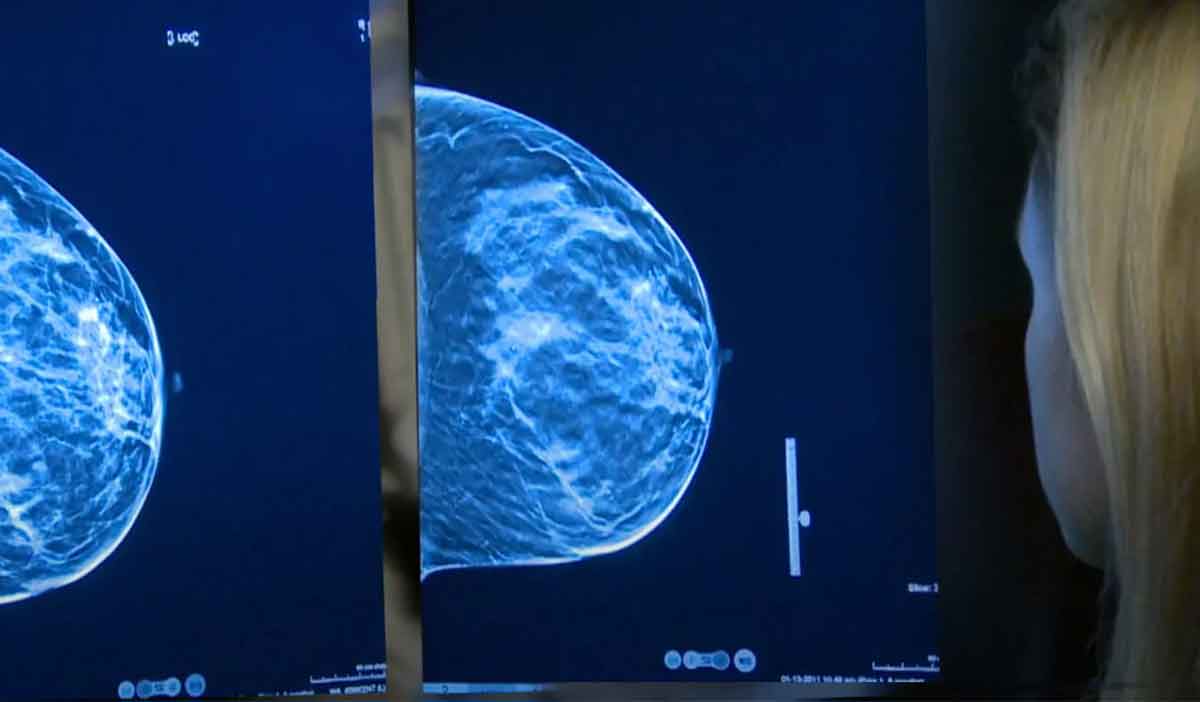Uterine fibroids are a common issue in women of childbearing age. For some women, the fibroids are so small that they cause no symptoms. For others, painful periods and pressure in the abdominal area are a sign that something needs attention. What are uterine fibroids? When should you see a doctor about them? And what are your treatment options? Let's learn more about uterine fibroids.

What are uterine fibroids?
Fibroids are benign (noncancerous) tumors or growths made of muscle cells and other tissues. Uterine fibroids grow in and around the wall of the uterus. Most remain quite small but they can grow as large as 8 inches in diameter and push into nearby organs. It is common for women to have more than one uterine fibroid.
What are the symptoms of uterine fibroids?
Many women have no symptoms at all because the fibroids are small enough to cause no issues. Other women will experience:
- Heavy, unusually long or painful periods or bleeding between periods
- Pelvic pain or pressure
- Feeling "full" in the lower abdomen
- Urinating often
- Pain during sex
- Lower back pain
- Reproductive problems, such as infertility, multiple miscarriages or early labor
If you are experiencing those symptoms bring it up at your next gynecological exam.
How will my doctor diagnose uterine fibroids?
Fibroids can sometimes be felt by the doctor during a routine pelvic exam. Doctors will also often order imaging tests such as an ultrasound, CT or MRI to confirm the presence of fibroids and determine their size more accurately. If you have no symptoms you will likely not need any sort of treatment.
What are the treatment options for uterine fibroids?
Treatment may include medication that can slow or stop the growth of fibroids. If you are not trying to become pregnant, hormone medications such as birth control may be an options as well. Birth control has been shown to shrink Fibroids, reduce abnormal menstrual bleeding, and lessen pain.
If the fibroids cause your uterus to increase in size, interfere with fertility or your symptosm are severe, surgery may be considered. Surgical procedures include:
- Myomectomy: An incision is made in the abdomen. The fibroids are removed from the uterus.
- Hysterectomy: The entire uterus is removed. You will be unable to have children if you have this surgery.
Other treatment options include:
- Uterine fibroid embolization: This minimally invasive procedure. It blocks blood flow to the fibroids. This will make the fibroids shrink.
- Focused ultrasound therapy: Energy is centered on the fibroid to destroy it. This procedure may not be ideal for those who are overweight, have very large fibroids, or have extensive scars from prior abdominal surgeries.
What causes uterine fibroids? Is there anything I can do to prevent them?
Unfortunately there are no known causes of uterine fibroids and thus, no guidelines for prevention. We do know that fibroids grow larger during pregnancy and shrink after childbirth. Typically fibroids become less or a problem after menopause. African American women and women suffering from obesity or high blood pressure have an increased risk of developing uterine fibroids. If there is a family history of uterine fibroids, that seems to increase your risk as well.
Women's Health for all stages of life
If you are concerned about uterine fibroids or other women's health issues, make an appointment with Logansport Memorial Hospital's Women's Health Center. The Women's Health Center provides comprehensive obstetrical and gynecological services for women of all ages. Our personalized approach to care focuses on preventive women's health education and management.





